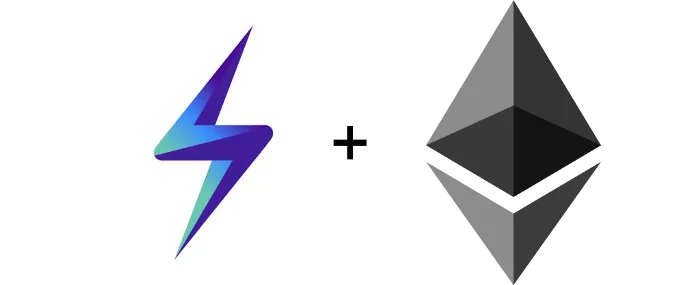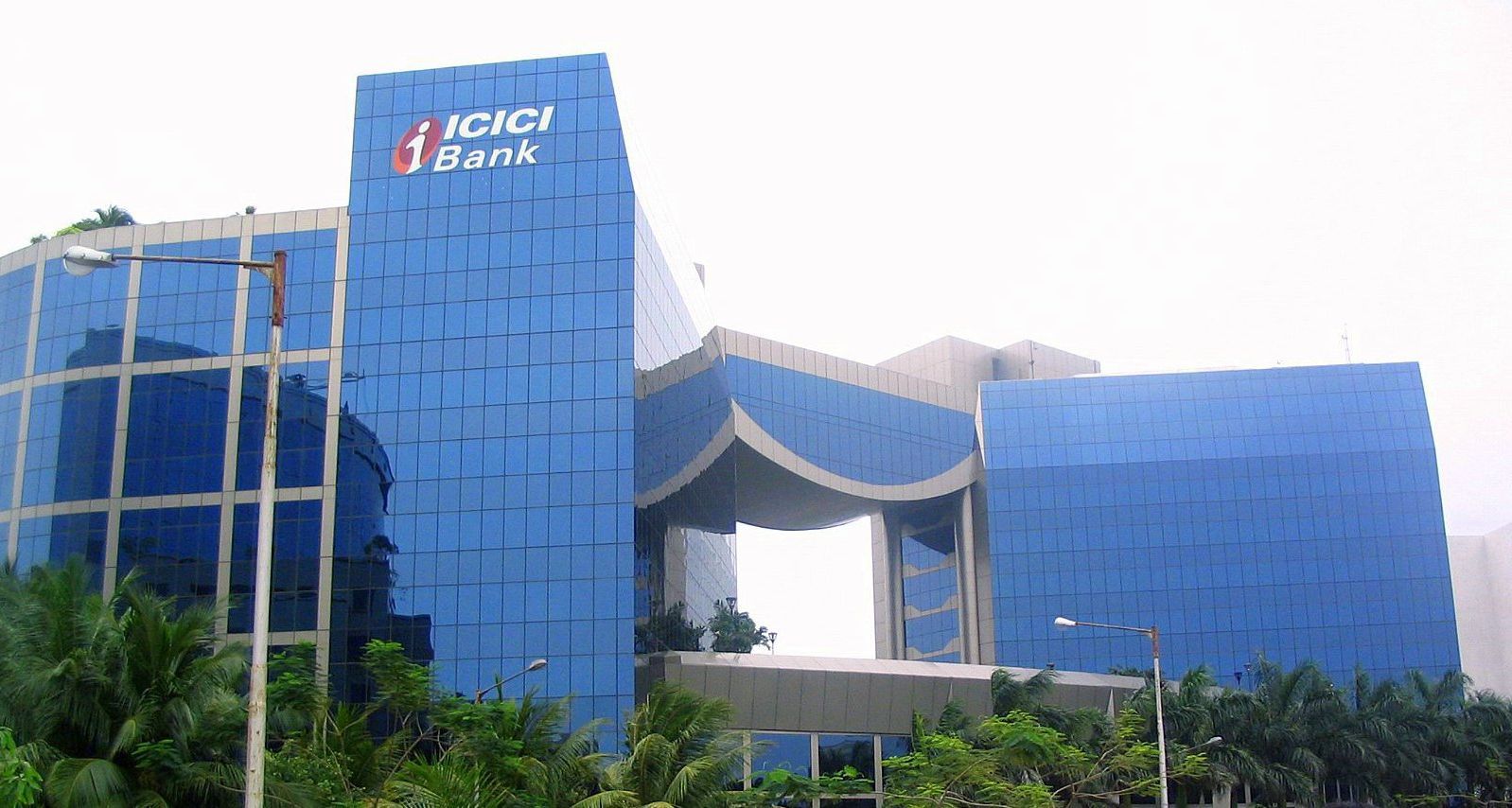Blockade games developers are hoping to bring together the two technologies of Bitcoin and Ethereum to enable gamers to buy in-game items or the games themselves. Read on to know more about Blockades plan tp bridge Bitcoin and Ethereum!
In a recent blog post on Medium, the company outlined its plan to bring bitcoin to the gaming platform as a payment method and use Ethereum smart contracts while they are at it.
By integrating Bitcoin Lightning Network payments, we are able to accept instant payments in Bitcoin directly, and instantaneously kick off a series of events on any other chain, such as minting a brand new Neon District asset to a buyer’s Ethereum or Loom Network wallet.
Blockade wants to make Bitcoin the default currency because of its widespread adoption. They are planning on using the Lightning Network to process payment and storing the details on a smart contract on Ethereum or Loom Network wallet.
What is Lightning Network?
When Bitcoin was created, there was an inherent problem with the platform. It could not handle more than 7 Transactions per second. In comparison Bitcoin Cash can do about 60 TPS and VISA 24,000 TPS. When it comes to mass adoption, Bitcoin failed at a technical level.
To solve this problem, people created the Lightning Network. It was a layer above the blockchain that handled multiple transactions but showed it as only one transaction. This made it much easier to exchange Bitcoin.
Blockades’ Plan
Blockade believe that bitcoin is going to be the only cryptocurrency that matters for purchase. But Ethereum’s smart contracts are also the future of storing transaction information. By building this bridge, they intend to use Bitcoin as the exchange and Ethereum as the ledger. This is Blockade plans to bridge Bitcoin and Ethereum,
This is how they explain it:
First, a payment channel must exist between the merchant (us, Blockade Games) and the buyer (you, our favorite Neon District player). A channel can be created by a user connecting to our Bitcoin Lightning node or having a channel open with another node that has a route to us. Once an open channel is established, the purchaser can initiate payments for as long as the channel remains open. For more information on lightning network channels, read about it here.
When a player wishes to buy an in-game item, they can navigate to the item they wish to purchase. For this example, let’s say they want to buy a “Ghost Head”. When they choose to purchase with Bitcoin Lightning, we generate a BOLT-11 compliant payment request QR code. BOLT-11 is an invoice protocol for the lightning network. So now we have a payment request with an invoice. We can give this invoice, account, and item to a monitor system, similar to monitoring events on the EVM, which will listen to our node for the invoice status.
Once the player scans the QR code with their Lightning-compatible wallet, our node will use the payment data (if successful) to mark the invoice as paid. Once that invoice is paid, our monitor, which is listening to our node for that invoice, will pick it up and be able to process the payment accordingly. For example, it could call an Ethereum Smart Contract or send the information to some other processing system.
We could use this information to call a Smart Contract on the Ethereum Mainnet — however, if the network has a lot of traffic and high gas prices at the time, then this could be a slow and costly bottleneck. To get around this, we don’t need to mint our item directly on the mainnet — we can also mint directly to the player’s in-game wallet. Our game contracts are deployed simultaneously on the Ethereum mainnet as well as our highly-performant second-layer sidechain (which we call the “game chain”). Depending on the buyer’s preference, their purchase can mint the items on the game chain directly to the user instantly, granting immediate in-game access to their game assets.
Now the player can use the item in the game and also have instant and free transfers to other players in the game. And when the player wants to migrate their game assets to Ethereum or another network, they can use the Transfer Gateway to exit their assets and hold them on any other supported chain — again covering any and all costs with a Lightning Network payment. This allows the user to use their Neon District items in other games that support them or to sell on marketplaces such as OpenSea.
There are many more use cases that have yet to be explored. Among these, we’re looking at providing real-time micro-payments for game developers and content providers — so you can pay for additional lives for just a few Satoshis. We’re also exploring the possibility that we can provide cryptographically-sealed additional content for Free-to-Play games, so a little Lightning can unveil a whole new level to your favorite adventure game.
This is the plan by Blockade bridge Bitcoin and Ethereum.



